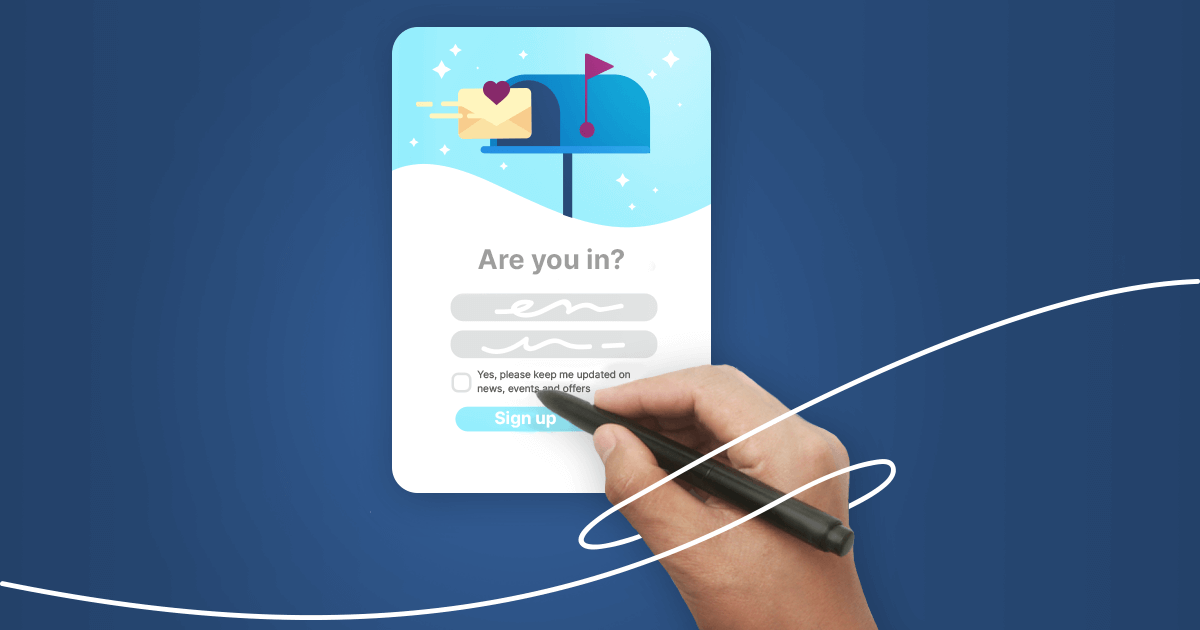The importance of permission marketing
Why does your subscribers’ permission matter in email marketing? Here are some compelling reasons why you should care about permission-based email marketing.
Lower risk of getting marked as spam
Using permission-based email marketing helps ensure that the people who receive your emails actually want to receive them. This can help reduce the number of complaints or spam reports you’ll receive, which could damage your sender reputation and lead to any future emails landing in the spam folder automatically.
High ROI
Did you know that email marketing has the highest return on investment (ROI)? For every $1 spent on your email marketing campaign, you can get an average ROI of $36.
With permission marketing, you can make your email marketing more efficient by weeding out those subscribers who are not interested in your product or service and targeting only those who already are. In the process, you can increase conversion rates and shorten the sales cycle.
Compliance with email regulations
Aside from helping your brand with the bottom line, permission-based marketing can help you comply with any data privacy laws in your region. By ensuring that you have your subscribers’ consent, you can keep your business from unwittingly violating any existing email regulations.
In most markets, there are laws and regulations in place that email marketers have to follow, such as:
- Canada’s CASL – implied consent is acceptable when sending email communications: that is, companies don’t need express consent to send an email as it’s business-related. Businesses that don’t comply risk incurring criminal charges, civil charges, and penalties of up to $10 million.
When you make it your goal to obtain your audience’s consent before you send them email newsletters, you can spare yourself from the possible lawsuits – and headaches – that come with non-compliance.
Increased relevance
When you give your audience the choice of whether to receive marketing messages or not, it gives them the impression that your brand can be trusted to deliver only what they need, and not subject them to irrelevant promotions or messages.
By sending highly targeted content (i.e., relevant messages) to the right audience, you can get the following benefits:
Strengthened brand awareness
Earning your subscribers’ – your potential customers – trust is one of the reasons why we recommend pursuing a permission-based email marketing strategy. This kind of email marketing allows you to establish relationships with users, even before they actually make a purchase from you.
As a result of gaining your audience’s trust, you can expect more referrals and higher brand equity. You can be more recognizable and memorable, and your products or services will be perceived to have a higher quality and reliability.



























